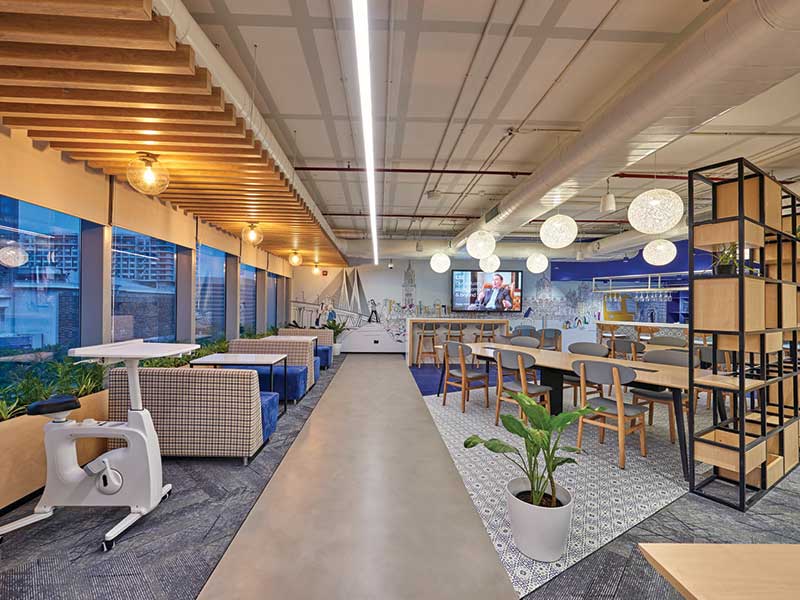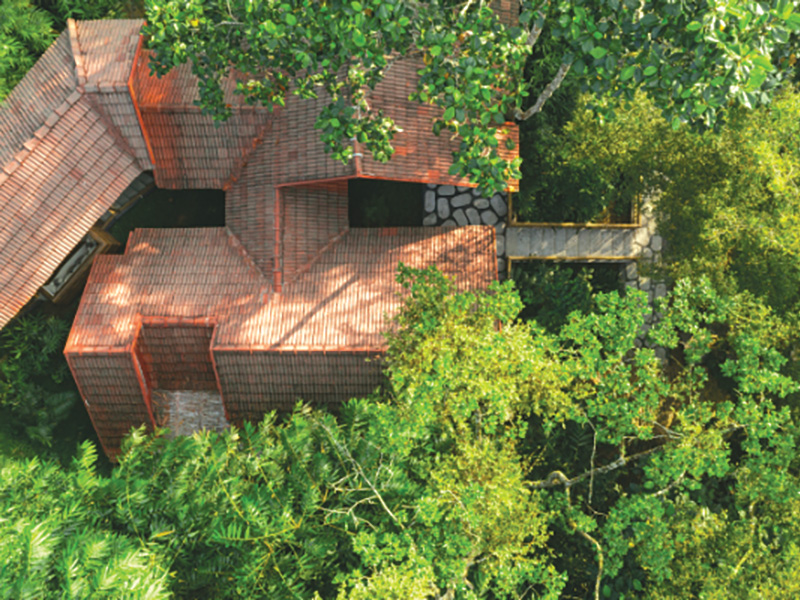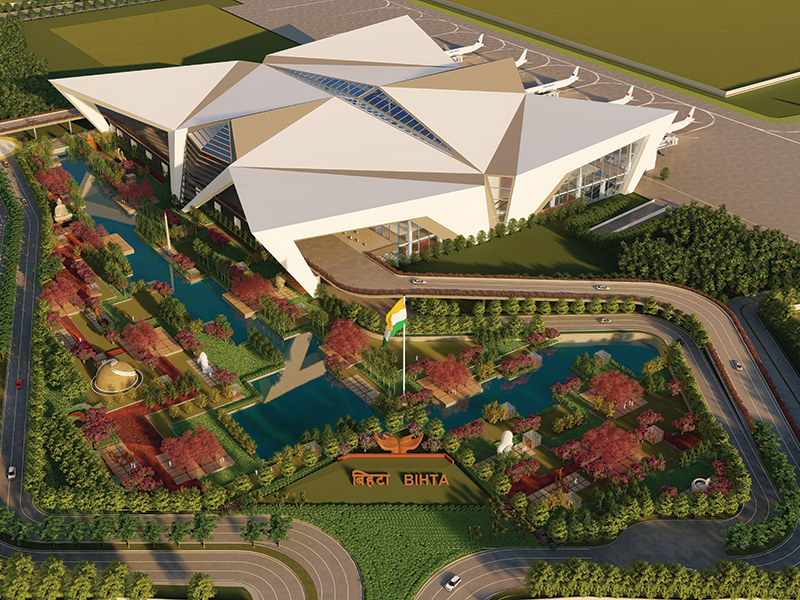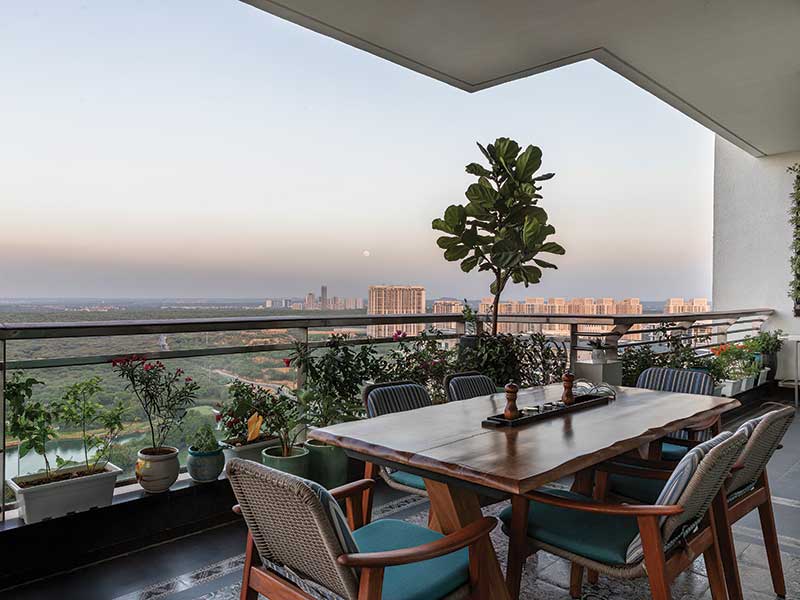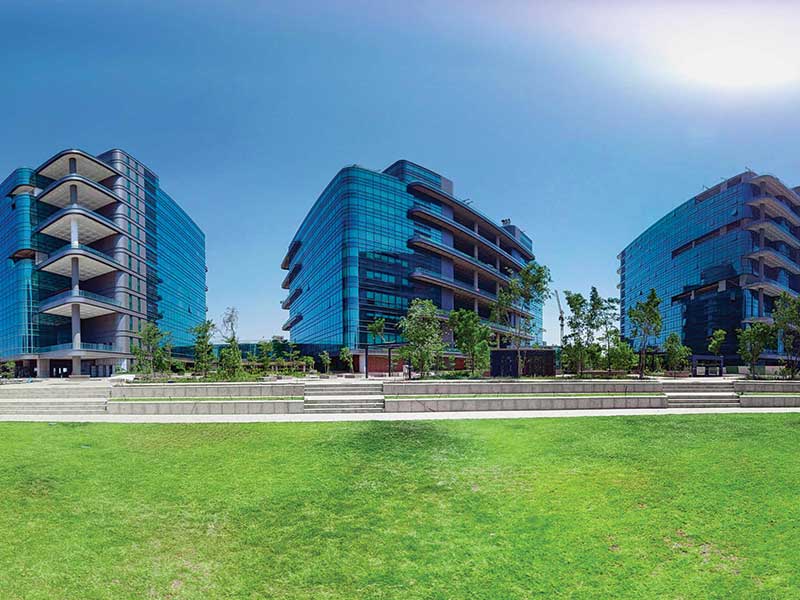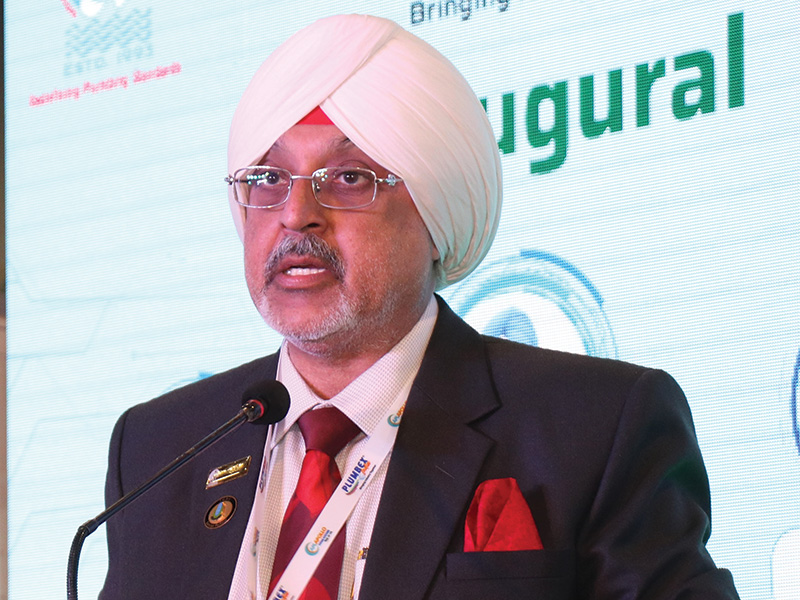The real world often suffocates creativity with budget constraints, deadlines, and codes to abide by. We need fresh ideas, new thinkers, and revolutionaries to redefine the architectural landscape
Ar. Naresh Narsimhan
What is the concept behind Transparence that inspired you to be a part of the program? How will the platform help budding architects?
Competition is integral to the architectural industry; without competitions to spur creativity, there wouldn’t be an Acropolis in Athens. Platforms like Transparence are fuelled by the ‘power of an idea’. Besides providing a plethora of opportunities in terms of showcasing talent, these competitions equip budding architects to be agents of change and lead, rather than follow the rules set towards building a harmonious society. Designs of famous thinkers like Antonio Sant’Elia were not aimed at being built, rather, they were depictions of revolutionary ideas. It was an expressive way to challenge the conventional and inspire people.
What is your view of glass as a building material for modern structures?
Glass has fascinated humankind since its advent in 500 BC. From its humble beginnings as a window pane in the luxury houses of Pompeii to sophisticated structural members in modern buildings, its role in architecture has evolved over the years.
In recent times, when discussions on architecture and design revolve around sustainability, there is a lot of misunderstanding around the use of glass. Provided that their performance potential is considered in the design stage, glass not only characterizes the appearance of facades, but also makes a prominent contribution to the energy efficiency of buildings. This lightweight building material helps in reducing the dead load of the building, and illuminating it through the day with natural light and is completely recyclable.
Further, in the rapidly unfolding era of smart buildings and IT expansion, innovations in glass such as LED integrated glass façade, electrochromic, photovoltaic façade, play a significant role in energy generation itself.
What design scope and potential does glass offer architects in the context of the Indian climate?
The presence of glass in the Indian Design Industry was primarily felt in the 1990s when its usage started progressing from a mere aesthetic material to a structural material aiding in the flow of spaces, establishing transparency in architecture and making nature merge into designs. Although India is amongst the largest consumers of glass in construction globally, glass comes across as a controversial building material in our context. The indiscriminate and irresponsible use of glass has resulted in irrelevant criticism of the material. In our climate, design needs to sensitively treat the material with adequate shading to minimize heat ingress.
Under the platform ‘Transparence’, Saint-Gobain, a leading glass manufacturing company, is seeking to empower student architects by honing their skills as future town planners, with the talent to design limited spaces in cities that are seeing depleting resources, space crunch and stress on infrastructure, while exploring infinite design possibilities. Now, in its 10th year, Transparence invites architecture students across India to design structures focusing on comfort, aesthetics, sustainability, health, and happiness. The jury will consist of renowned architects and interior designers. Scholarships are also provided to students with great concepts and who need financial aid.




